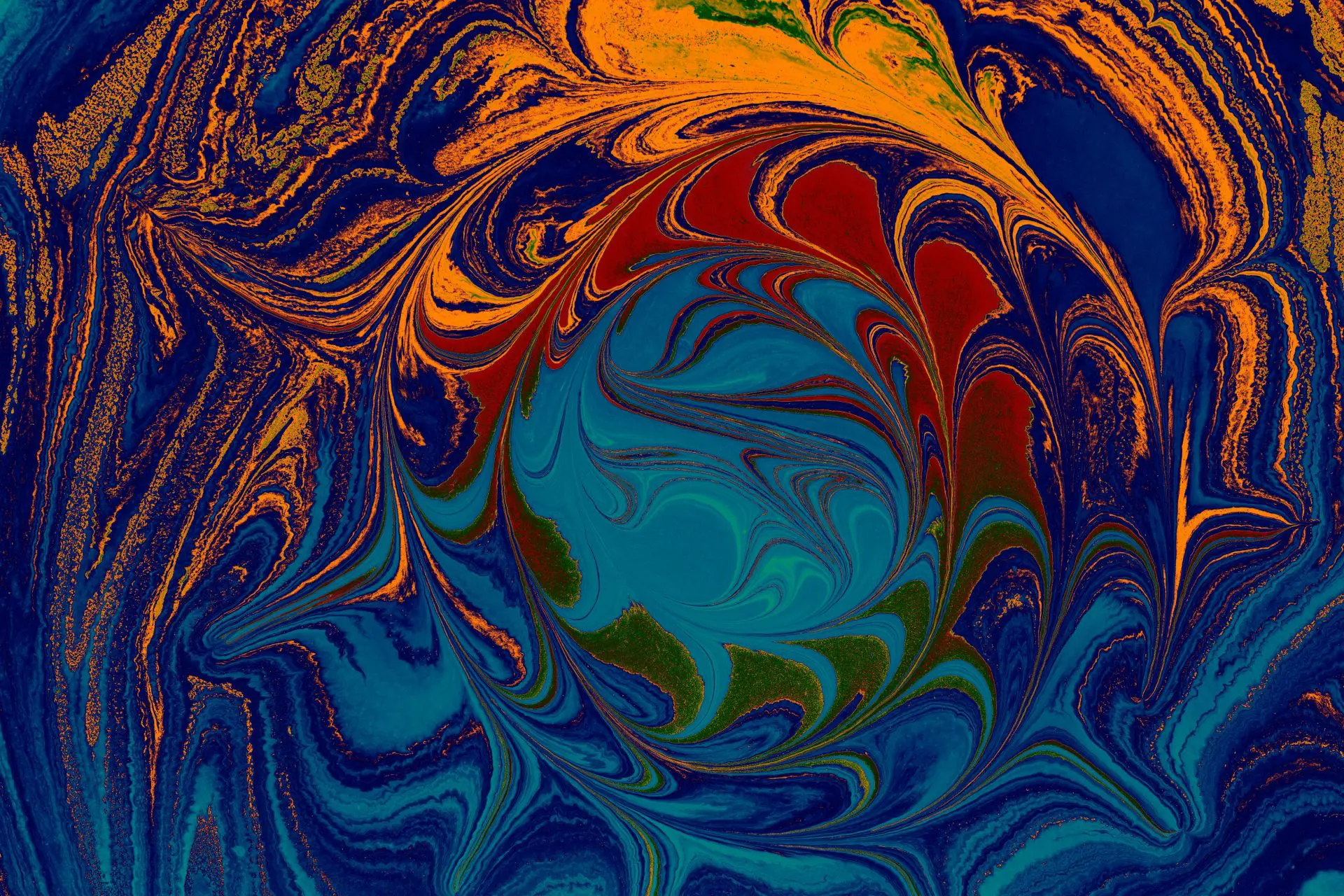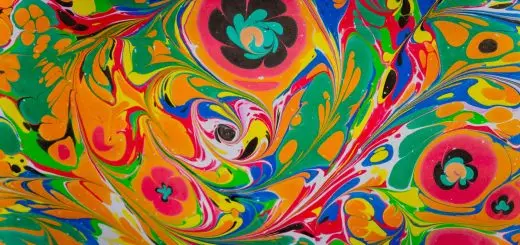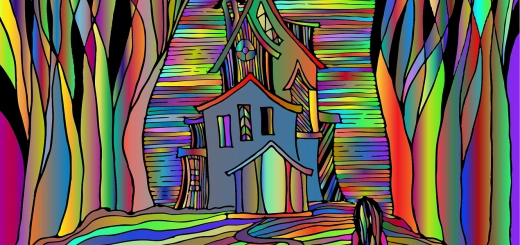Morrigan: Celtic Goddess of War and Fate

Looking for more amazing products? Check out our online store and explore our collection here! Happy shopping!
Before diving in, please note: This post is for informational purposes only. If you’d like to know more about how we approach topics, feel free to check out our friendly Disclaimer Page.
Hey there, amazing readers! 
We’re committed to delivering quality posts, and your support (even just sticking around despite the ads) means everything to us. So, bear with us, and thanks for helping us keep the good vibes rolling. Now, on to the fun stuff!
TRANSLATE BUTTON AT THE END OF THE ARTICLE
Overview
Morrigan, the Celtic Goddess of War and Fate, is a prominent figure in Celtic mythology.
She is known for her role in battles, her connection to prophecy and fate, and her shapeshifting abilities.
Morrigan is often depicted as a fierce warrior, often accompanied by crows or ravens.
Throughout history, she has been worshiped and revered by many, and her legacy continues to endure in Celtic lore.
In this article, we will delve into the mythological origins of Morrigan, her role in Celtic mythology, her association with war and battle, her connection to prophecy and fate, her shapeshifting abilities, her association with ravens and crows, sacred sites dedicated to her, modern interpretations and worship, and her representation in popular culture and literature.
The Mythological Origins of Morrigan
The origins of Morrigan are deeply rooted in Celtic mythology.
She is believed to be one of the Tuatha Dé Danann, a mythical race of gods and goddesses in Irish mythology.
Morrigan is often associated with the goddesses Badb and Macha, and together they form a triad of powerful female figures.
Some mythological sources suggest that Morrigan is the daughter of the Dagda, the chief god of the Tuatha Dé Danann, while others argue that she is a divine being in her own right.
Regardless of her exact origins, Morrigan is widely recognized as a significant and influential figure in Celtic mythology.
The Role of Morrigan in Celtic Mythology
In Celtic mythology, Morrigan plays multiple roles and is associated with various aspects of life.
One of her primary roles is that of a war goddess.
She is said to appear before battles, inspiring warriors and influencing the outcome of conflicts.
In addition to her association with war, Morrigan is also linked to aspects of fate and prophecy.
She is often depicted as a figure who can foretell the future and shape the destinies of individuals and even entire nations.
Furthermore, Morrigan is associated with sovereignty and is believed to have the power to bestow kingship upon chosen individuals.
Morrigan: A Goddess of War and Battle
Morrigan’s role as a war goddess is a central aspect of her mythology.
She is often described as a fierce warrior who takes pleasure in battle and bloodshed.
It is said that she would often appear on the battlefield in the form of a crow or raven, shrieking and inspiring fear in her enemies.
Morrigan is known to choose certain warriors as her champions and would grant them her protection and favor in battle.
In some stories, she even takes an active part in the fighting, using her magical powers to aid her chosen warriors and to bring about victory.
Morrigan and the Irish Epic Táin Bó Cúailnge
One of the most famous tales involving Morrigan is the Irish epic Táin Bó Cúailnge, also known as "The Cattle Raid of Cooley." In this epic, Morrigan appears as a shape-shifting figure who tests the hero Cú Chulainn.
She takes on the form of a young woman, an old hag, and a heifer, each time challenging Cú Chulainn to battle.
Despite her attempts to defeat him, Cú Chulainn emerges victorious.
This encounter showcases Morrigan’s role as a figure who tests and challenges heroes, and her presence in the epic adds depth and complexity to the narrative.
The Morrigan’s Association with Prophecy and Fate
Morrigan is strongly associated with prophecy and fate in Celtic mythology.
She is believed to possess the ability to see into the future and shape the destiny of individuals and communities.
As a goddess of fate, Morrigan is said to be able to grant blessings or curses upon those she chooses.
She can bring good fortune or misfortune, depending on the whims of her divine will.
This association with prophecy and fate further solidifies Morrigan’s role as a powerful and influential figure in Celtic mythology.
Morrigan’s Shapeshifting Abilities and Forms
One of the most intriguing aspects of Morrigan is her ability to shapeshift into various forms.
She is often depicted as transforming into a crow or raven, which symbolizes her connection to war and battle.
The crow and raven are birds associated with death, warfare, and the Otherworld in Celtic mythology.
Morrigan’s shapeshifting abilities also extend beyond birds, as she is said to transform into other animals, such as a wolf or a cow.
These transformations highlight her status as a complex and enigmatic goddess with the power to take on different forms as she desires.
Morrigan’s Connection to Ravens and Crows
The association between Morrigan and ravens or crows is a significant aspect of her mythology.
Both birds are closely linked to war, death, and the Otherworld in Celtic lore.
Ravens and crows are often seen as messengers between the mortal realm and the divine realm, and their presence is believed to signify the presence of the supernatural.
Morrigan’s affinity for these birds further emphasizes her connection to war and battle, as well as her role as a divine figure who transcends the boundaries between the mortal and divine realms.
Temples and Sacred Sites Dedicated to Morrigan
Throughout history, there have been several temples and sacred sites dedicated to Morrigan.
These places served as centers of worship and reverence for those who sought her blessings or wished to honor her.
For example, the Hill of Uisneach in Ireland is believed to be one such sacred site associated with Morrigan.
It is said to be the place where she granted kingship to the legendary High King of Ireland, Lugh.
While many of these temples and sites have been lost over time, their existence speaks to the significance of Morrigan in Celtic religious practices.
Modern Interpretations and Worship of Morrigan
In modern times, there has been a resurgence of interest in Celtic mythology and the worship of ancient gods and goddesses.
Morrigan, with her association with war, fate, and prophecy, has attracted many followers and devotees.
Some modern practitioners of Celtic paganism or neopaganism incorporate Morrigan into their rituals, often seeking her guidance and protection.
There are also individuals who connect with Morrigan on a personal level, embracing her warrior spirit and incorporating her energy into their own lives.
This modern interpretation and worship of Morrigan reflect the enduring appeal and relevance of her mythology.
Morrigan in Popular Culture and Literature
Morrigan’s influence extends beyond religious and spiritual practices.
She has also made her mark in popular culture and literature.
In contemporary literature, Morrigan often appears as a central character or a source of inspiration in fantasy novels and other works of fiction.
She is portrayed as a powerful and complex figure, embodying both ferocity and wisdom.
In addition to literature, Morrigan has also been featured in various forms of media, such as video games and television shows.
These representations contribute to the continued popularity and fascination with Morrigan in modern society.
The Enduring Legacy of Morrigan in Celtic Lore
In conclusion, Morrigan, the Celtic Goddess of War and Fate, holds a significant place in Celtic mythology.
Her origins as a goddess of the Tuatha Dé Danann, her role in battle and prophecy, her shapeshifting abilities, and her association with ravens and crows all contribute to her enduring legacy.
From her appearances in ancient myths to her continued worship in modern times, Morrigan’s influence and importance have remained steadfast.
By exploring her mythology, we gain insights into the rich tapestry of Celtic lore and the powerful deities that have shaped it.

The Enlightenment Journey is a remarkable collection of writings authored by a distinguished group of experts in the fields of spirituality, new age, and esoteric knowledge.
This anthology features a diverse assembly of well-experienced authors who bring their profound insights and credible perspectives to the forefront.
Each contributor possesses a wealth of knowledge and wisdom, making them authorities in their respective domains.
Together, they offer readers a transformative journey into the realms of spiritual growth, self-discovery, and esoteric enlightenment.
The Enlightenment Journey is a testament to the collective expertise of these luminaries, providing readers with a rich tapestry of ideas and information to illuminate their spiritual path.
Our Diverse Expertise
While our primary focus is on spirituality and esotericism, we are equally passionate about exploring a wide range of other topics and niches 

To ensure we provide the most accurate and valuable insights, we collaborate with trusted experts in their respective domains 
Our blog originally focused on spirituality and metaphysics, but we’ve since expanded to cover a wide range of niches. Don’t worry—we continue to publish a lot of articles on spirituality! Frequently visit our blog to explore our diverse content and stay tuned for more insightful reads.
Hey there, amazing reader! 
Check out our store here and take a peek at some of our featured products below! Thanks for being awesome!













